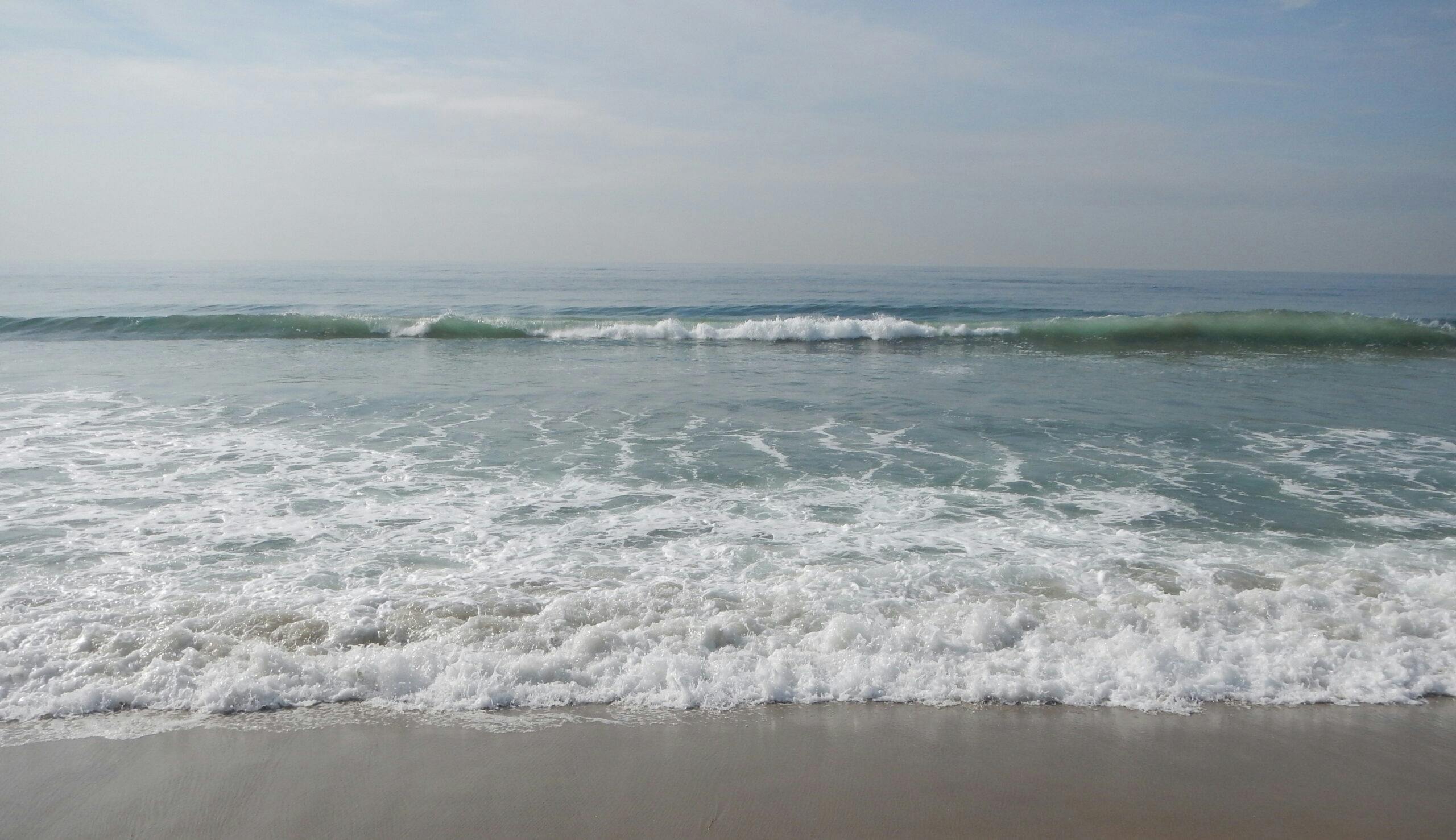- English
- Spanish
- Korean
- Filipino
- Armenian
- Chinese (Simplified)
Frequently Asked Questions
Frequently asked questions about the Santa Monica Bay National Estuary Program (SMBNEP) and National Estuary Program (NEP) Governance.
What is an estuary?
An estuary is a partially enclosed, coastal water body where freshwater from rivers and streams mixes with salt water from the ocean.
The sheltered waters of estuaries support vast communities of plants and animals, often called the “nurseries of the sea.” Many different habitat types are found in and around estuaries, including shallow open waters, freshwater and saltwater marshes, swamps, sandy beaches, mud and sand flats, rocky shores, oyster reefs, kelp forests, mangrove forests, river deltas, tidal pools, and seagrass beds.
Estuaries are among the most productive ecosystems on earth and provide a multitude of valuable environmental services. They filter out pollutants and sediments from water draining from upland which creates cleaner water that directly benefits both people and marine life. Additionally, wetlands and estuarine plants help prevent erosion and stabilize shorelines.
Learn more about estuaries and their significance on the U.S. EPA’s National Estuary Program website.
What is a National Estuary Program?
The National Estuary Program (NEP) is an U.S. EPA place-based program to protect and restore the water quality and ecological integrity of estuaries of national significance. Currently, 28 estuaries located along the Atlantic, Gulf, and Pacific coasts and in Puerto Rico are designated as estuaries of national significance. Each NEP focuses within a study area that includes the estuary and surrounding watershed.
The NEPs are located in a variety of institutional settings, including state and local agencies, universities and individual nonprofits. In overseeing and managing the national program, U.S. EPA provides annual funding, national guidance, and technical assistance to the local NEPs.
The 28 NEPs develop and implement Comprehensive Conservation and Management Plans (CCMPs), which are long-term plans that contain actions to address water quality and living resource challenges and priorities. The NEP challenges and priorities are defined by local, city, state, federal, private, and non-profit stakeholders.
Each NEP has a Management Conference (MC) that consists of diverse stakeholders and uses a collaborative, consensus-building approach to implement the CCMP. Moreover, each MC ensures that the CCMP is uniquely tailored to the local environmental conditions and is based on local input, thereby supporting local priorities.
The NEP is a non-regulatory program established by Congress and was authorized by section 320 of the Clean Water Act in 1987.
Learn more on the U.S. EPA’s National Estuary Program website.
What is a Management Conference?
The Management Conference (MC) is the local stakeholder-driven partnership that develops, updates, and implements an NEP Comprehensive Conservation Management Plan (CCMP) as authorized by Clean Water Act (CWA) §320. The partnership is a forum for open discussion, cooperation, consensus building, and collaborative decision making. The CCMP reflects a scientific characterization of, and stakeholder concerns about, the NEP study area, including water quality, habitat, and living resource challenges. The MC typically establishes several core committees to carry out implementation of the CCMP. The roles of the various committees should be explicitly identified and documented by the MC. Although not standardized across all NEPs, in general, MCs usually include a policy committee that sets the overall direction for the NEP, a management committee that informs and approves projects and activities to implement the CCMP, and advisory committees that provide technical and citizen input.
Membership of the MC generally includes U.S. EPA Regional representatives, state and local government representatives, and other diverse stakeholders such as: (1) elected and appointed policymaking officials from all governmental levels; (2) environmental managers from federal, state, regional, and local agencies; (3) local scientific and academic communities; (4) private citizens; and (5) representatives from public and user interest groups—business, industry, community, and environmental.
Where is Santa Monica Bay?
The Bay itself is the submerged portion of the Los Angeles Coastal Plain, bordered offshore by the Santa Monica Basin, on each end by the rocky headlands of Point Dume and the Palos Verdes Peninsula, and onshore by the Los Angeles Coastal Plain and the Santa Monica Mountains. Most Los Angeles beaches are along the coastline of Santa Monica Bay. The 414-square mile area of land that drains naturally to the Bay, known as the Bay watershed, is bordered on the north by the Santa Monica Mountains from the Ventura-Los Angeles County line to Griffith Park, extending south and west across the Los Angeles coastal plain to include the area east of Ballona Creek and north of Baldwin Hills. South of Ballona Creek, a narrow coastal strip between Playa del Rey and the Palos Verdes Peninsula forms the southern boundary of the watershed.
How can I get involved?
There are many ways to get involved in the SMBNEP’s work, from The Bay Foundation’s restoration events to the Santa Monica Bay Restoration Commission’s regular public meetings. Sign up for the Baywire newsletter (view archived issues here) and visit the Events page to learn more about opportunities.
Where do I go to learn more about NEP governance structure?
Find out more about NEP governance and operations in this “Frequently Asked Questions on National Estuary Program (NEP) Governance” document created by the U.S. EPA.
